Publications
A Special Publication in cooperation between INSS and the Institute for the Study of Intelligence Methodology at the Israel Intelligence Heritage Commemoration Center (IICC), April 2, 2024
In the context of the war in Gaza, a foreign influence campaign is flooding Israeli users of the social network X (formerly Twitter) with messages in Hebrew designed to promote Hamas’s objectives. The campaign is executed by a community of Arab Muslims from several countries and orchestrated by Egyptian activists affiliated with the Muslim Brotherhood movement who operate from Turkey. Since the group seeks to recruit people to its efforts, it openly describes its goals and some of its action methods, allowing a rare “behind the scenes” glimpse into a foreign-influence campaign. This article presents the unique challenge that this civilian influence campaign poses to Israel and some initial recommendations for response.
The war between Israel and Hamas, which started on October 7, has invoked unprecedented engagement on social media and has motivated citizens globally to engage in both nonviolent protest, such as demonstrations, and violent acts, such as harassing Jewish students on campuses. Recognizing the significant influence of social networks on public opinion and consequentially on shaping leaders’ decisions, organic civilian initiatives with no overt state support have emerged on both sides of the informational battleground.
One such initiative of information-warfare was launched by a grassroots anti-Israel community named ISNAD (the name means “support” in Arabic). The group, motivated by Muslim solidarity with Hamas’s struggle in the Gaza Strip and a desire to support it, aspires to act as “the digital arm of the resistance” on social networks. Their objective is to shape Israeli public opinion in a manner that aligns with Hamas’s objectives by inundating the conversation with messages posted by more than a thousand profiles masquerading as Israelis. According to a report by an Arab research center, Muslim Brotherhood activists exiled in Turkey are behind this activity, in coordination with Hamas. However, the community strongly denies any link to Hamas or the Muslim Brotherhood and prefers to distance itself from any political identity to avoid deterring potential supporters.
ISNAD was founded one week after the war began and engages Arab Muslims from all over the world. The founder is Ezzeldeen Dwidar (دويدار عزالدين), an Egyptian film producer associated with the Muslim Brotherhood, who was expelled from Egypt and currently lives in Turkey (see figure 1). Dwidar shapes ISNAD’s vision and determines the operational method and the narratives the campaign pushes. The social network X was chosen as the main activity arena due to the presence of Israeli influencers, such as politicians, journalists, and social activists, and due to its relative lack of censorship compared to TikTok, Facebook, and Instagram.

Figure 1. The community’s founder Ezzeldeen Dwidar and its logo
ISNAD initially launched an international campaign in several languages to raise awareness for Palestinian suffering in Gaza and to garner international pressure to stop the war. However, in early December, Dwidar decided that ISNAD would have greater impact if it operated as an influence campaign inside Israel. Believing that Israeli society is indifferent to Palestinian suffering, he reasoned the new campaign should not echo the messages about Palestinians’ suffering or against the Israeli army that the pro-Palestinian campaigns throughout the world were using. Instead, he searched for anti-war narratives that could fit an Israeli audience. Recognizing that Israelis valued the sanctity of life, Dwidar used the bereavement of Israeli families to intensify the criticism of the war. He also saw potential in the messages of the organizations representing the hostage families and the opposition in Israel and began to amplify and share their messages as well. The campaign’s messaging also tries to amplify negative emotions such as fear and desperation, and occasionally spreads messages from Hamas that are blocked in Israel due to censorship restrictions. Recently, ISNAD’s messages have also included a call to use violence against the police during demonstrations for new elections, but it is unclear whether this is a significant direction for the campaign. Despite being established in the context of the war in Gaza, ISNAD’s founder stated in an interview with an Arab media platform that they will continue to act after the war “until Palestine is liberated.”
The active core of the community consists of hundreds of volunteers who operate fake Israeli profiles on X and share the campaign’s content. More than 30,000 people follow ISNAD’s Telegram channel and could potentially join their activity (see figure 2). The community also operates a forum on Telegram with around 5,000 members where daily instructions are published and discussions about strategies and narratives are held. There are also exclusive work groups that are only accessible to users who have undergone verification and preliminary training processes. The campaign is managed by about 50 administrators, and it proudly claims to have published 800,000 tweets in Hebrew from the beginning of the war until March 2024, a figure that matches objective measures and accounts for about 2.5 percent of all Hebrew tweets during that period (see figure 3)
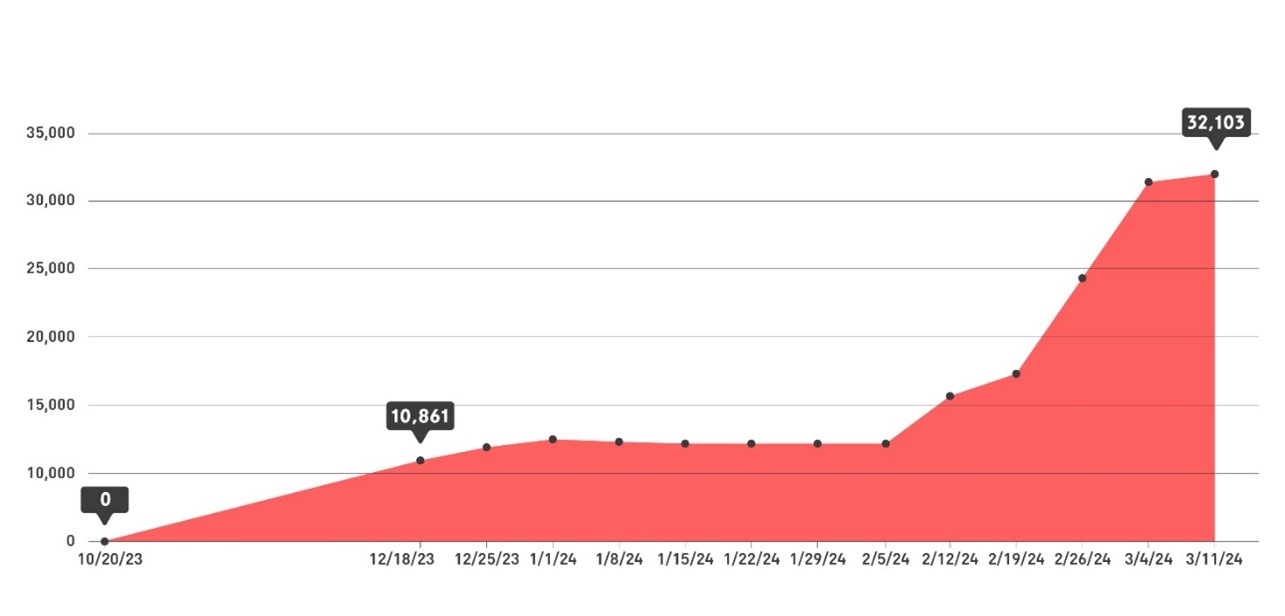
Figure 2. The number of ISNAD network followers
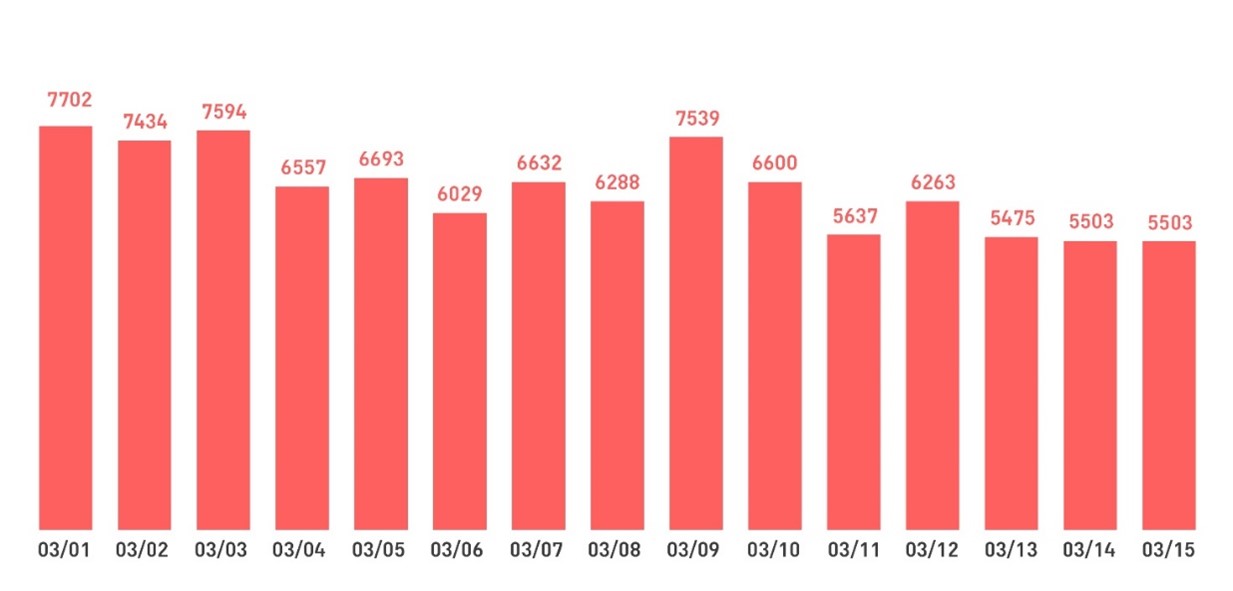
Figure 3. Number of daily tweets by ISNAD in the first half of March 2024
The community is constantly striving to recruit more members by promoting their activities and their achievements. References to the campaign in the media or by Arab influencers resulted in thousands of new recruits joining the Telegram channel, where administrators publish content that encourages them to actively participate in the influence campaign. In addition to continuous numerical growth, the campaign also improves in quality as the community recruits professionals with expertise in the Hebrew language, Israeli politics, social media, graphic design, video editing, and programming, making its operation precise and effective. ISNAD further enhances its capabilities by integrating technological tools such as Chrome add-ons, specialized AI tools, and Telegram bots.
ISNAD’s Mode of Action: “All You Need is a Mobile Phone and Half an Hour a Day”
ISNAD‘s goal of flooding the Israeli X feed with messages requires the participation of many volunteers with no knowledge of Hebrew or familiarity with Israeli society. Therefore, an easy-to-follow activity protocol was designed, with the contents for distribution and the distribution method clearly defined. The group’s administrators provide technical support to members when setting up a profile and during their ongoing activity and offer guidance and answers to questions on the group’s Telegram chat (see figure 4).
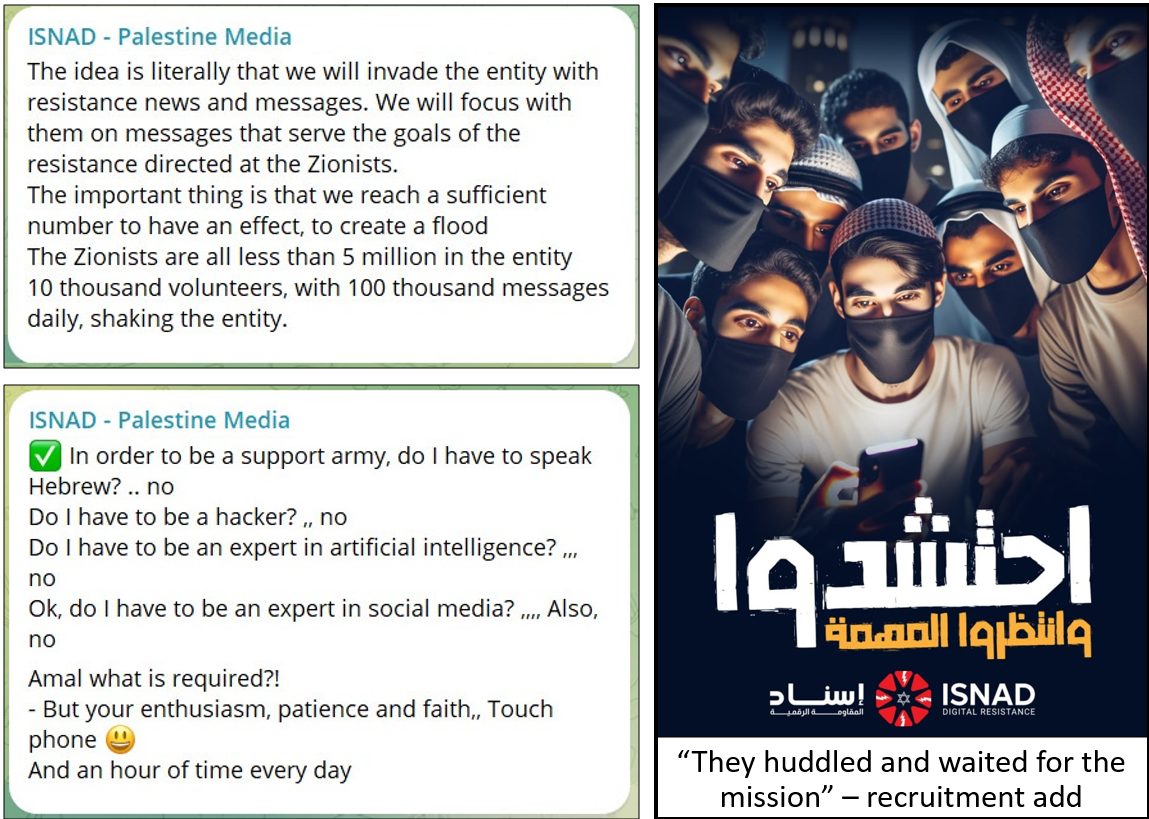
Figure 4. Messages from ISNAD’s Telegram Channel: Goals and Methods
Every day the participants receive a specific mission. About 10 to 20 messages in Hebrew, consisting of texts, cartoons, and video clips, are posted daily on the campaign’s main X accounts. Hundreds of participants are then asked to share links to these posts in replies to posts by Israeli profiles that the campaign seeks to target, with an emphasis on Israeli news channels, politicians, and prominent activists across the political spectrum. The list of target profiles is provided by the administrators. A critical feature of the campaign is that its participants present themselves as Israelis. Their fake profiles use Hebrew names, specify “Israel” as their location, and use profile pictures meant to appear authentic such as the Israeli flag or a message related to the hostages (see figure 3). However, the campaign’s success in creating believable Israeli profiles has been limited; for example, the list of recommended Israeli names suggested by the administrators include many outdated and unusual names, which reveal the disguise to an Israeli eye.
To appear authentic to Israelis on X, the participants are instructed to engage in additional activities on their accounts throughout the day, besides the daily task of sharing the campaign’s links and material. This involves sharing messages by prominent social activists and Israeli news outlets that align with the campaign’s messaging or the identity they seek to assume. Participants also reply to Israelis from both the left and the right, using emojis or messages in Hebrew. Initially, members of the campaign tried to compose their responses in Hebrew using AI translation tools; however, they soon realized that these translations seemed awkward to native Hebrew speakers, making it obvious that they were not genuine (see figure 5). To overcome this issue, they adopted a more effective method, by using existing texts taken from genuine Israeli accounts that align with the group’s messages. To facilitate this process, the community even developed a “Telegram bot,” that provides participants with responses according to subject. Some group members try to appear authentic by engaging in seemingly organic activities, such as sharing pictures of nature or Israeli football teams. Others take on the identities of family members or friends of Israelis who are being held captive or have died in combat.
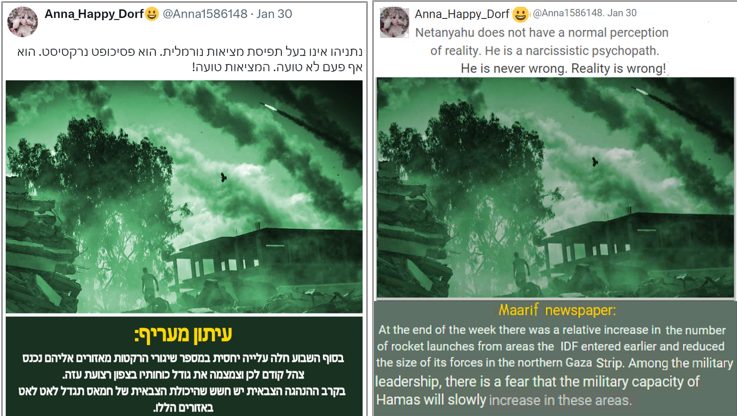
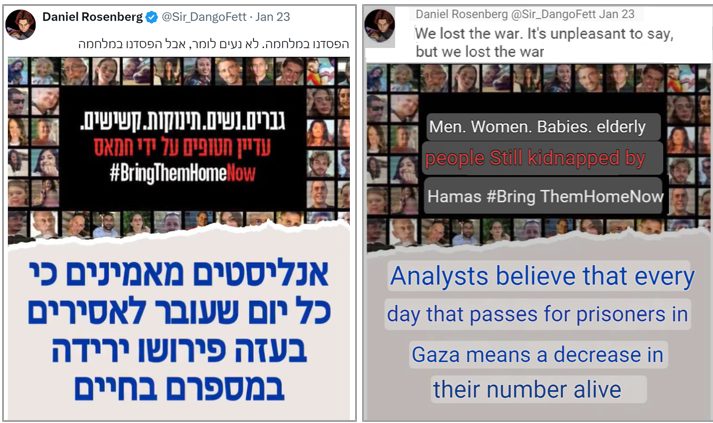
Figure 5. Posts by the campaign: Correct identification of hot topics, but gross language errors
ISNAD’s Influence: Preliminary Assessment
The encounter with ISNAD’s online activity by the Israeli public has elicited mixed responses. Sometimes, these accounts raise suspicion due to errors in Hebrew. Many Israelis perceive the messages as inauthentic and have even suggested that the profiles were “Iranian bots.” Nevertheless, campaign messages have occasionally managed to infiltrate the local Hebrew discourse on X and have even gained some recognition and support through “likes,” shares, and some positive responses from prominent Israeli profiles. Positive reactions from Israelis are met with enthusiasm by the community’s activists and reinforces their sense of success and motivation. For example, ISNAD’s messages reached the Israeli media when the Ma’ariv news site quoted a tweet from a fake profile (named “Don Alexander”) on January 23. The group is also proud of their (fake) story about “Ukrainian mercenaries in the IDF” that infiltrated the media discourse in Israel, raising initial suspicions of Russian involvement in the campaign.
Nonetheless, X regularly identifies most of ISNAD’s accounts as inauthentic. As a result, their replies are usually hidden under the tab “Other replies” or “replies that could be offensive,” resulting in their limited exposure. Occasionally, X suspends certain accounts after receiving lists of suspicious accounts from civil society groups. When this happens, the campaign loses hundreds of profiles, but recovers relatively quickly. In such cases, the administrators assist the participants in opening new profiles, and post messages to reassure and encourage them: they compare the account closures to Israel’s sealing a Hamas tunnel, to which they must respond with “digging a new tunnel.”
Conclusions and Recommendations
ISNAD is an influence campaign run by a group of highly motivated Arab Muslims who identify with the trans-national Islamist ideology of Hamas and the Muslim Brotherhood and possibly even receive guidance and assistance from them. The campaign tries to assist Hamas by flooding the Israeli discourse on X with narratives aimed at stopping the war and weakening the Israeli society from within. However, the community may decide to expand its objectives and radicalize its messaging in the future. This includes a recent potential shift in its declared goals toward fostering chaos within Israeli social networks, aimed at exacerbating internal political and social divisions.
The described campaign is an organic social phenomenon that has potential for viral growth by recruiting more activists. Unlike Russian or Iranian influence campaigns that are conducted by paid employees, the participants in the ISNAD campaign demonstrate commitment driven by ideological beliefs, which extends beyond conventional working hours. Furthermore, the campaign has quickly evolved and improved and is relatively resilient against attempts to block or remove its content. Its members include highly skilled professionals with advanced knowledge of the necessary technologies.
When addressing the challenge posed by a community-led influence campaign, civil society plays a crucial role in identifying the phenomenon, lodging complaints with digital media companies and the media, and raising awareness among the public. The government should also acknowledge the threat posed by these citizen-led influence campaigns and develop a tailored civilian response of strengthening regulatory, intelligence, and educational measures. By exposing the alleged involvement of Muslim Brotherhood supporters in Turkey in the campaign, a distinction can be made between ISNAD and the Palestinian national struggle, thereby urging state and non-state agents to limit its activities.
________________________
[1] This article is part of a forthcoming memorandum on the strategic challenge of foreign influence and intervention. The memorandum includes articles that examine the challenge from the perspective of adversaries (e.g., Russia, Iran, and China), and deals with the nature of the influence (including via human influence agents and in the economic and academic worlds). The challenge will be examined with respect to routine times, as well as with respect to times of disruptions to democratic processes, deepened social rifts, election campaigns, and war. The articles will reflect a connection between systemic insights and the policy necessary in Israel and Western states. The memorandum is the product of collaboration between the Institute for National Security Studies (INSS) and the Institute for the Study of Intelligence Methodology at the Israel Intelligence Heritage & Commemoration Center (IICC).
[2] The authors wish to thank the Haredi Line for its help in writing and obtaining the information for this article.



